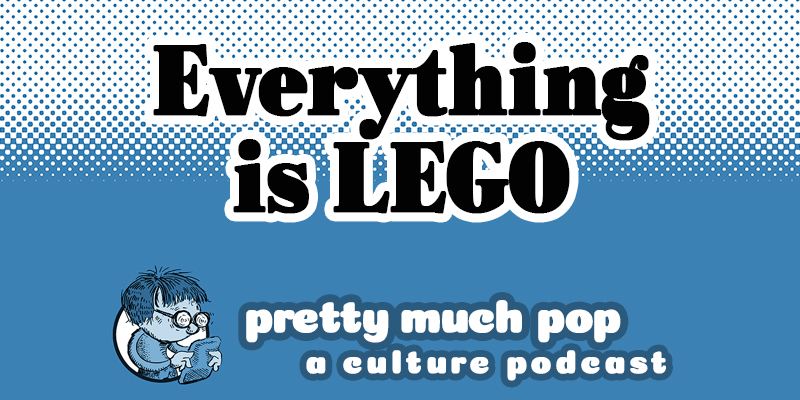Used to be that Dolly Parton was relegated to the country music community–well loved, adored, but hemmed in by her genre. Certainly Gen X’ers like myself didn’t take her too seriously, and having a theme park named after you in Tennessee? Not too cool.
Yet, as we have wandered back into the wretched, burning plains of modern life and found that, yes, Mister Rogers was a good person all along, we have also made space for Dolly Parton. She is a good person, and she is also therefore a Good Person.
Starting today, April 2, 2020, Dolly Parton will join us all in quarantine by way of the Internet to read us bedtime stories. She will be starting with The Little Engine That Could (see below), the classic tale of determination by Watty Piper. And listen, Gen X’ers, this isn’t for you! This is for your kids! (But okay yes, it’s also for you. It’s for all of you who have taken on the role of parent, teacher, entertainer, psychologist, and social worker without any increase in pay during these hard times. You just might be asleep before your kids once Dolly starts reading. I might just join you if I can find a spare blankie.
Dolly Parton’s Imagination Library has been the force behind all this, a non-profit that promotes literacy and parent-child reading by sending a book every month to a child, from their birth till age five. It started in Parton’s home county in the mid-‘80s but now reaches 1,546,000+ children not just in the United States, but in Canada, Australia, the UK and the Republic of Ireland, according to her website.
The Little Engine That Could is a great kick off to a series of weekly bedtime stories. Do you think you can get through this? Just repeat to yourself: I think I can, I think I can, I think I can, I think I can…
Related Content:
Dolly Parton’s “Jolene” Slowed Down to 33RPM Sounds Great and Takes on New, Unexpected Meanings
Enter an Archive of 6,000 Historical Children’s Books, All Digitized and Free to Read Online
Ted Mills is a freelance writer on the arts who currently hosts the Notes from the Shed podcast and is the producer of KCRW’s Curious Coast. You can also follow him on Twitter at @tedmills, and/or watch his films here.


